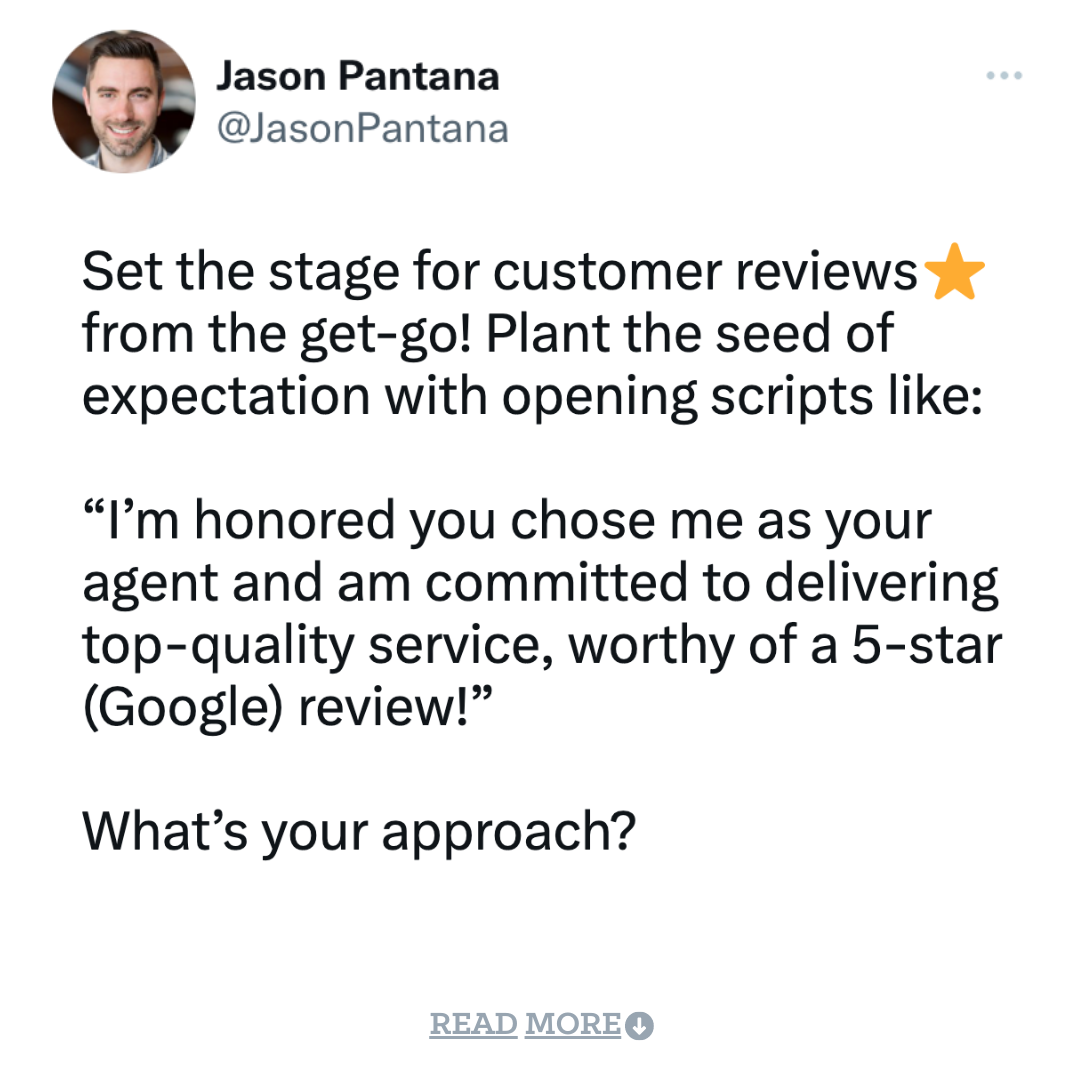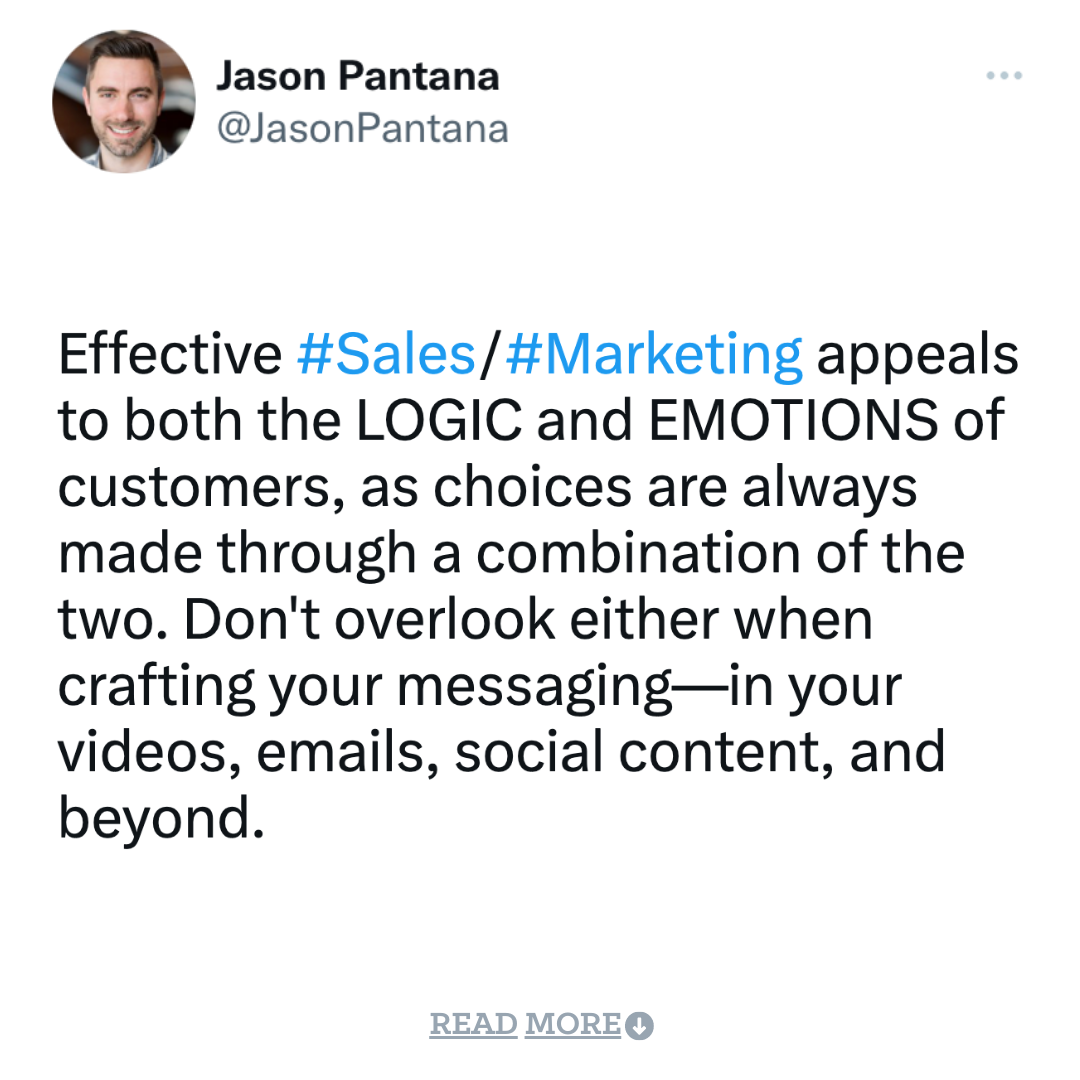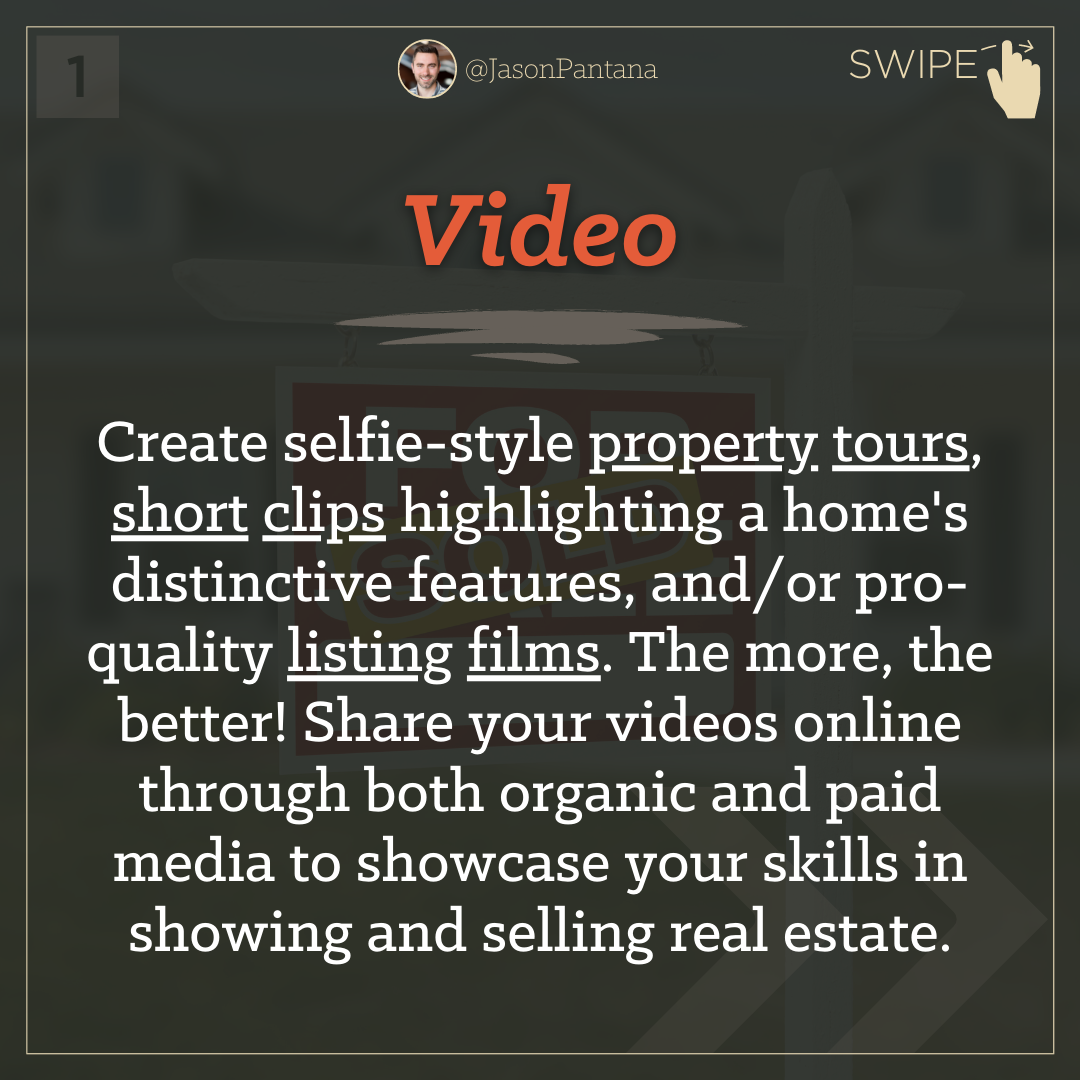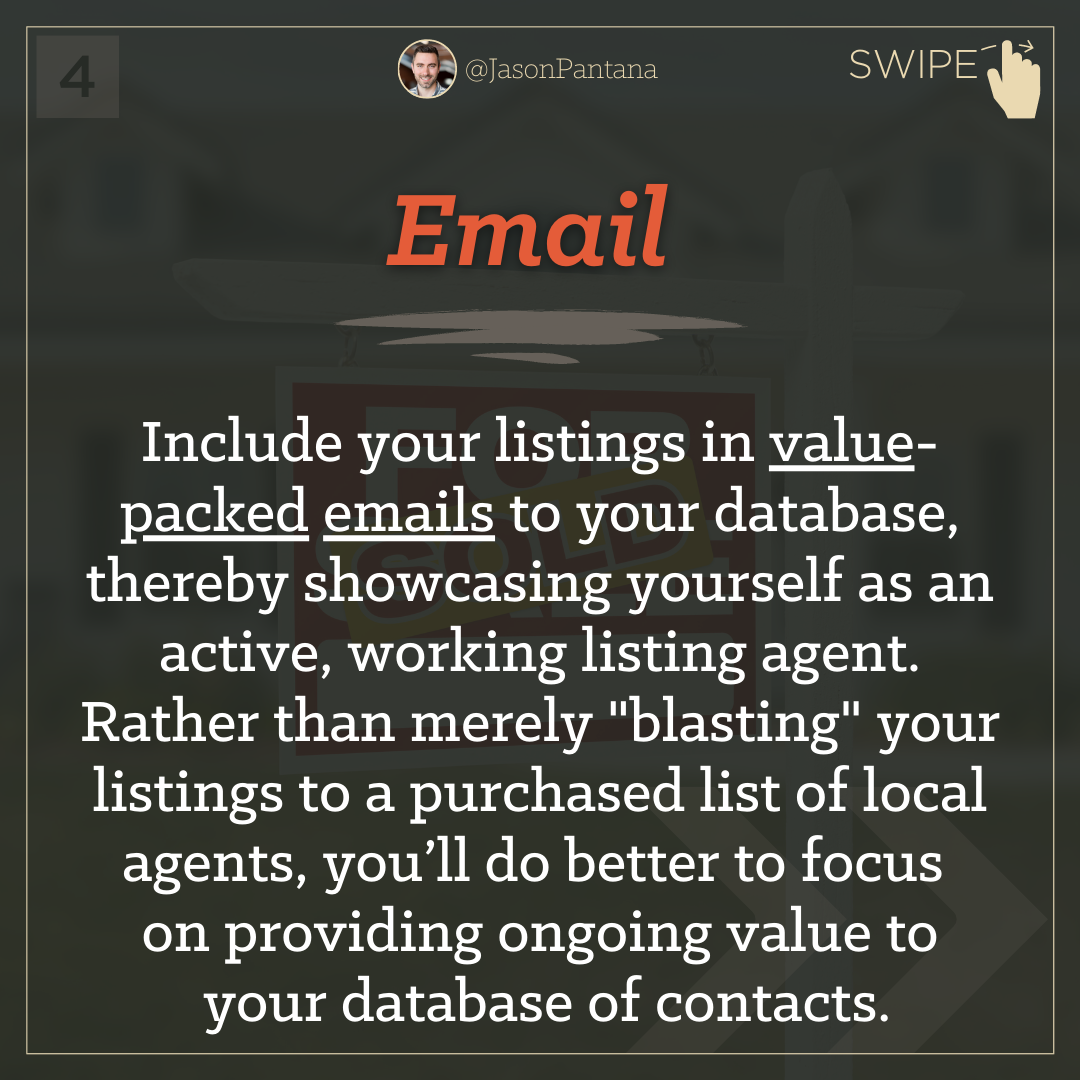Marketing is a never-ending race; winning takes more than just one perfect lap. You’ve gotta keep hitting the track, lap after lap 🔂 – repeating the process because the RESULTS are in the REPETITION. Here's why repetition is vital in marketing:
FREQUENCY: The more often people see and hear from you, the more likely they are to remember you. For example, the Rule of 7 suggests that a potential customer needs to encounter a marketing message at least seven times before taking action or making a purchase decision. One video, postcard, or email won’t suffice; but a bunch of ‘em will put you in front of the competition.
SATURATION: "I see you everywhere!" That's the magic phrase of marketing because it signifies that you've captured the majority share of your target audience's attention. When your business taps into this "I see you everywhere!" effect, it generates word-of-mouth and establishes you as the clear front-runner in the marketplace. Settling for mere slivers of awareness means missing out on the concentrated impact and buzz that comes from reaching your entire audience.
FAMILIARITY: "Frequency leads to awareness, awareness to familiarity, and familiarity to trust. And trust, almost without exception, leads to profit." (Seth Godin) With trust, you become unstoppable, but without it, you're unsellable. So instead of solely focusing on pursuing leads who are actively in the market, consider the bigger picture. Aim to build your business and brand with the entire market, not just those seeking an immediate transaction. By doing so, you position yourself as the pacesetter and front-runner when the time comes to buy, sell, invest, or refer.
With these elements in place—repetition, saturation, and familiarity—your marketing will become an irresistible force, driving you past your competitors and across the finish line.

















